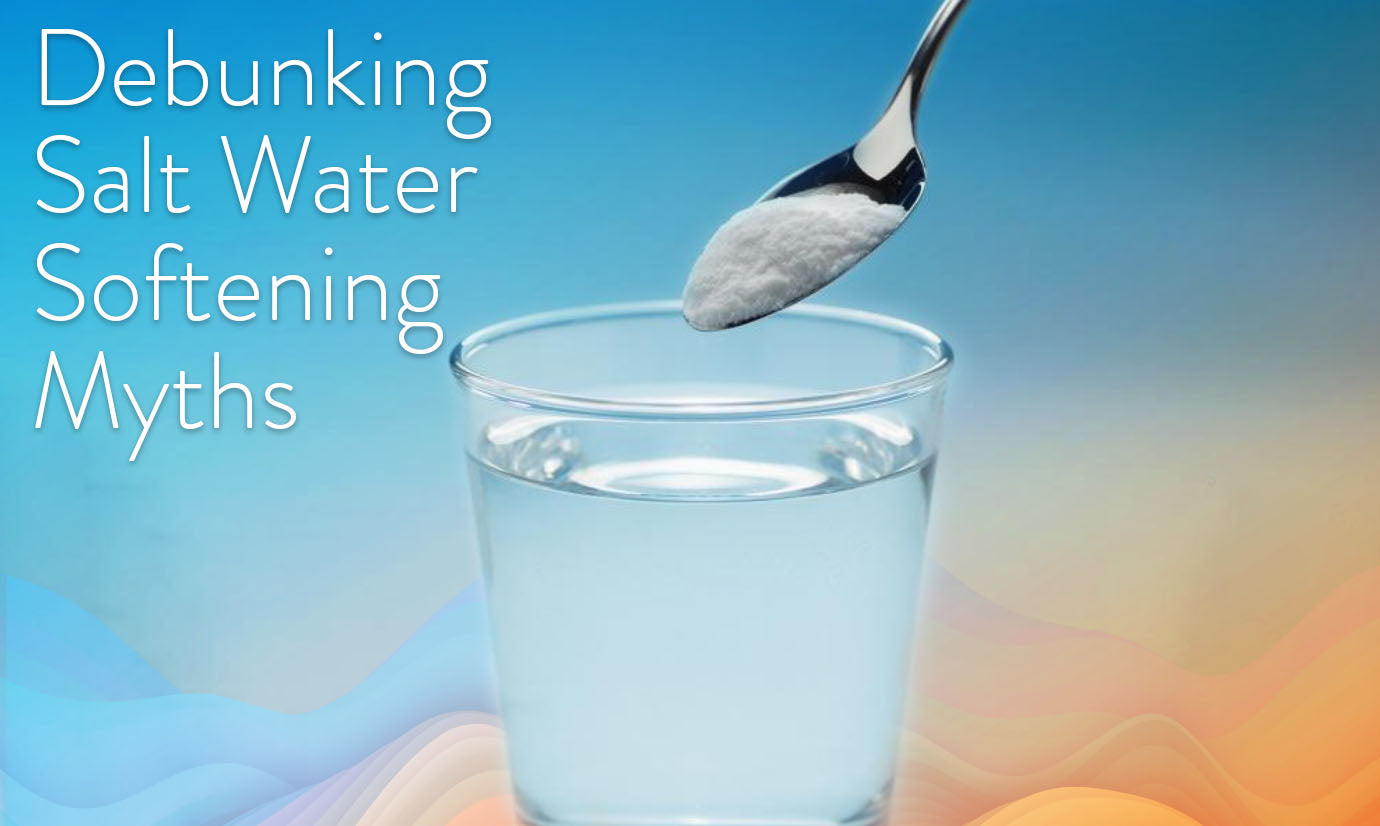Water softeners have become a common fixture in many households, especially in areas with hard water. These devices are designed to remove minerals like calcium and magnesium from your water supply, prevent the buildup of limescale in your appliances and plumbing, and improve the taste and feel of your home water.
While traditional salt-based water softeners have been popular for decades, there are several myths surrounding their benefits. Debunking them can not only save you time and money, but might even save your plumbing — and the environment!
“Salt-Based Softeners are Cheap Once They’re Installed”
Buy-in costs ($2500-$7500) aside, the salt in traditional salt-based softeners has to be replenished weekly or monthly, at an annual cost of $360-475 for the typical home. Salt is heavy and carries relatively high shipping costs, which will only increase along with rising fuel costs. In addition, the complexity of salt systems means frequent app updates, electricity concerns, wear & tear, and replacement parts and labor that only trained professionals can handle — at a cost of around $150-250 per visit.
“Salt Based Softeners are Eco-Friendly”
It's a common myth that salt-based water softeners are environmentally friendly because they reduce limescale buildup and extend the lifespan of appliances. However, the environmental impact of salt water softeners can be significant — so significant, in fact, that several municipalities have moved to limit their use or ban them outright. New rules would restrict new salt-based water softeners in Discovery Bay.
The environmental damage begins at home. Over time, the salt discharged from traditional water softeners can damage your septic tank, drain field, and your yard. On a macro scale, this damage can extend to municipal plumbing systems and all environments that come in contact with them. As anyone who’s dropped their iPhone in the ocean or taken in a mouthful of seawater can tell you, salty water just doesn’t play nice with things that don’t already live in it.
“Salt Based Softeners are the Only Reliable Way to Soften Water—the Others Don’t Get the Job Done
Salt-based softeners have been around a while, and have always functioned in essentially the same way: by exchanging salt ions for those in hard-water minerals, breaking those minerals down into waste product. While this does produce water that tests as “soft,” this soft-testing water doesn’t always behave in a desirable way.
For starters, the complete elimination of minerals can lead to water that’s over–softened — slimy to the touch, tough to clean with, and “wetter than wet,” making it difficult to remove soap and soapy residues from your hair and skin. It can also lead to sterile-tasting drinking water. (There’s a reason mineralized water sells for a premium at the grocery store!) And at the end of the day, it just isn’t natural. What if you could keep natural minerals in your water while eliminating their negative effects?
Enter Cascadian
Cascadian does just that, keeping minerals in and their “hard” properties out. This is achieved by something called the ion-bond process, which alters the behavior of hard-water minerals without creating any waste product. These altered minerals don’t wreak havoc on your plumbing and fixtures like hard water or salt-treated water can.
Plus, water that hasn’t undergone any harsh treatments or had anything removed just tastes and feels right.
What’s the catch? Honestly, we’re not sure. Cascadian systems are compact, simple, and require only once-yearly DIY maintenance… all at a price point that could actually be less than that of a traditional softener. It’s the pure and simple solution that you just haven’t heard of yet. If you’re ready to give us a try — or have us bust more of those stubborn salt-softener myths — give us a call at 509-674-4000.
